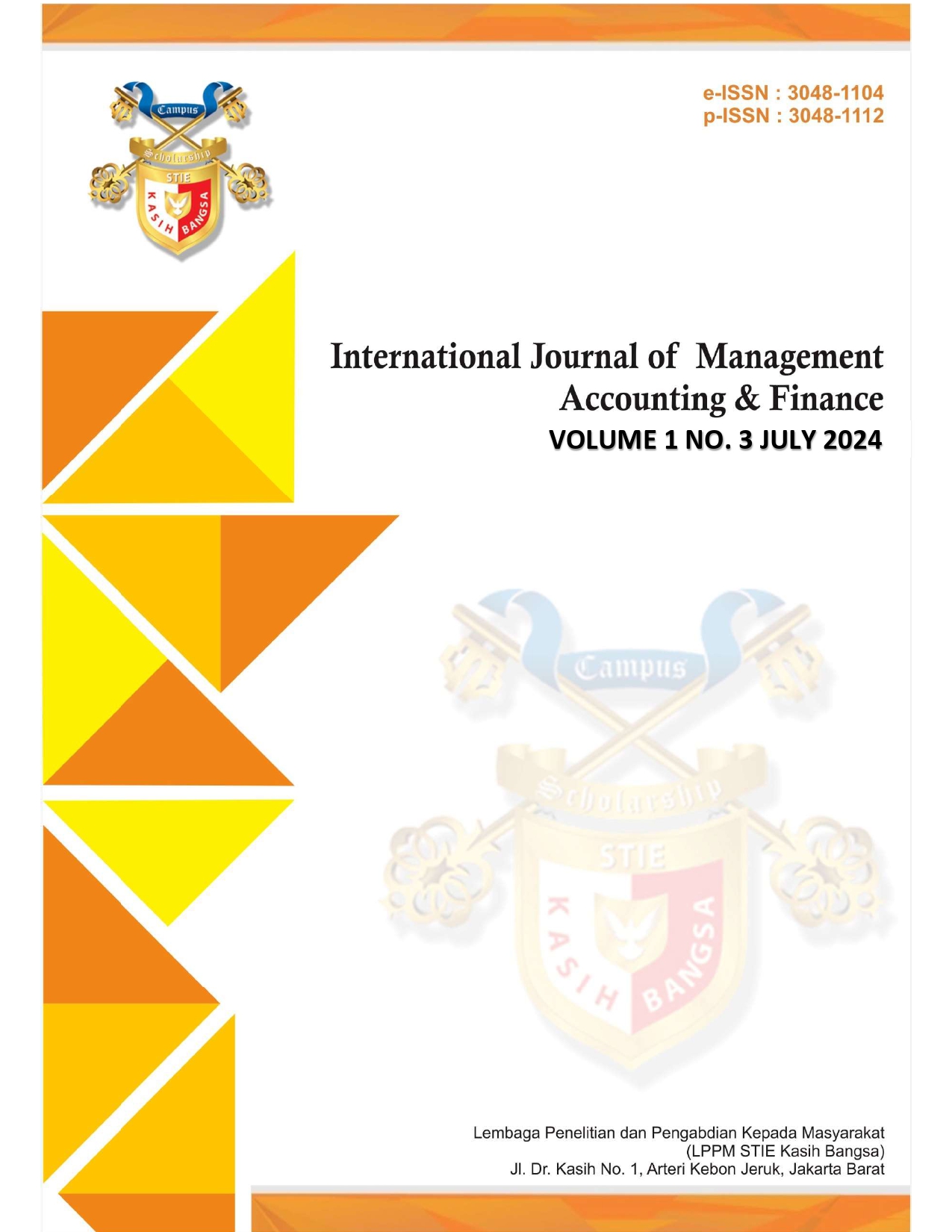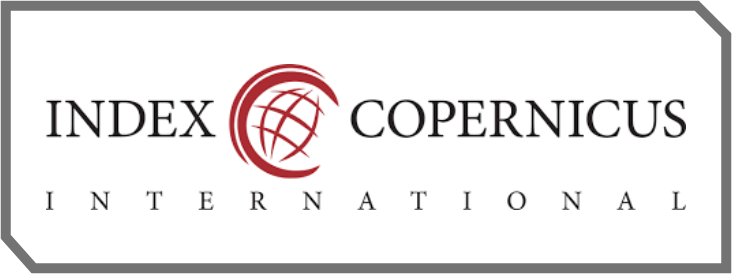Public Information Precision and Borrower Risk-Taking Implications for Financial Reporting Regulations
DOI:
https://doi.org/10.70142/kbijmaf.v1i3.223Keywords:
Financial reporting regulations, public information precision, borrower risk-taking, creditor dynamics, information asymmetryAbstract
This research explores the relationship between public information precision, borrower risk-taking behavior, and financial reporting regulations. It examines how varying levels of accounting disclosures influence creditor-borrower dynamics in financial markets. Enhanced precision in public information, such as accounting earnings, promotes market efficiency by reducing information asymmetry and improving creditors' ability to accurately assess borrower creditworthiness. While higher precision generally mitigates borrower risk-shifting tendencies, regulatory context and economic conditions modulate these effects. This literature review systematically identifies and analyzes peer-reviewed articles on forecast dispersion, accuracy, and their implications for cross-sectional return anomalies in financial markets. The findings reveal that higher forecast dispersion is linked to greater uncertainty and perceived risk, leading to higher expected returns, while accurate forecasts reduce information asymmetry and improve market efficiency. Differences in forecast precision significantly contribute to market anomalies. In conclusion, forecast dispersion and accuracy are critical in explaining cross-sectional return anomalies. Future research should refine models, explore behavioral biases, and evaluate technological advancements, emphasizing balanced financial reporting regulations to harness transparency benefits while mitigating potential costs during economic expansions.
References
Armstrong, C. S., Barth, M. E., Jagolinzer, A. D., & Riedl, E. J. (2010). The role of information and financial reporting in corporate governance and debt contracting. Journal of Accounting and Economics, 77(2–3), 101667.
Baldenius, T., Deng, M., & Li, J. (2024). Accounting information and risk shifting with asymmetrically informed creditors. Journal of Accounting and Economics, 77(2–3), 101667. https://doi.org/10.1016/j.jacceco.2023.101667
Bertomeu, J., Magee, R. P., & Tsang, A. (2011). From low-quality reporting to financial crises: Politics of disclosure regulation along the economic cycle. Journal of Accounting and Economics.
Bushman, R. M., Chen, Q., Engel, E., & Smith, A. (2012). Accounting discretion, loan loss provisioning, and discipline of banks’ risk-taking. Journal of Accounting and Economics.
Chaidir, M., & Yulia, A. (2022). Pengaruh Tax Avoidance, Profitablitas dan Debt to Equity Ratio Terhadap Nilai Perusahaan. Ekonomika, 6(2), 404-23.
Corona, C., Laux, C., Maffett, M., & Trujillo, M. A. (2015). Accounting information quality, interbank competition, and bank risk-taking behavior. Accounting Review.
Doblas-Madrid, A., Minnis, M., & Sutherland, A. (2013). Sharing information in the credit market: Contract-level evidence from U.S. firms. Journal of Financial Economics.
https://doi.org/10.1016/j.jacceco.2023.101667
Jensen, M. C., & Meckling, W. H. (1976). Theory of the firm: Managerial behavior, agency costs and ownership structure. Journal of Financial Economics.
Kusnanto, E. (2022). Performance Measurement Based on Balance Scorecard Perspective of Sustainable Leadership, Corporate Governance and Human Capital in Banking Industry. International Journal of Contemporary Accounting, 4(1), 41-58.
Li, J. (2017). Accounting for banks, capital regulation, and bank risk-taking. Journal of Banking and Finance.
Ruslaini, E. K., Santoso, S., & Marhandrie, D. Diversity Management Strategies: Perspectives from Multinational Corporation. Journal of Economics, Finance and Management Studies. https://doi.org/10.47191/jefms/v7-i3-18
















